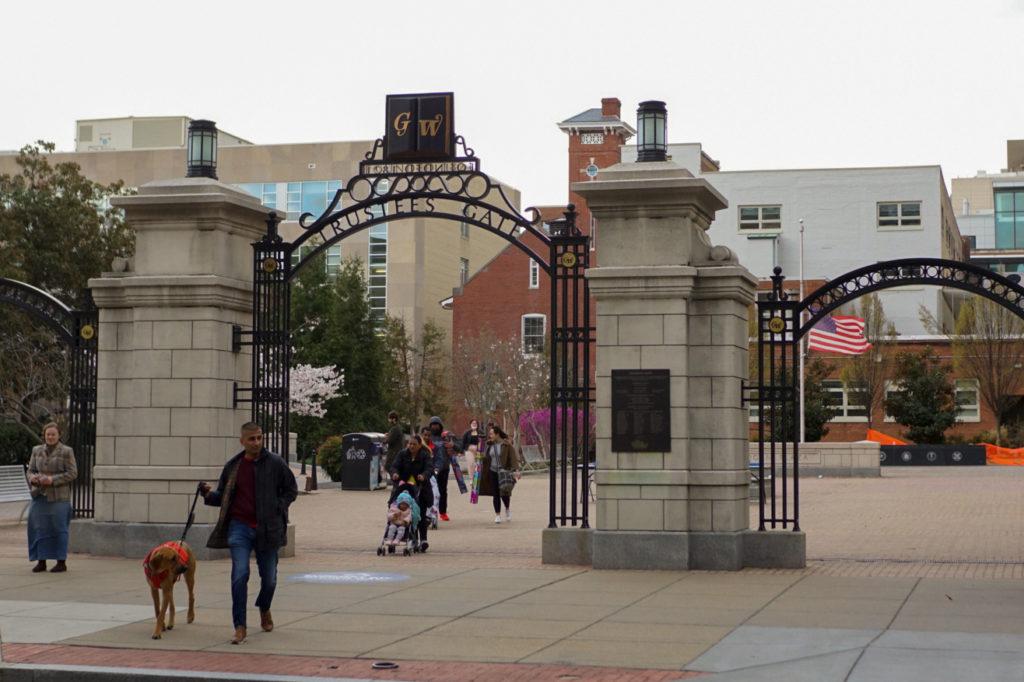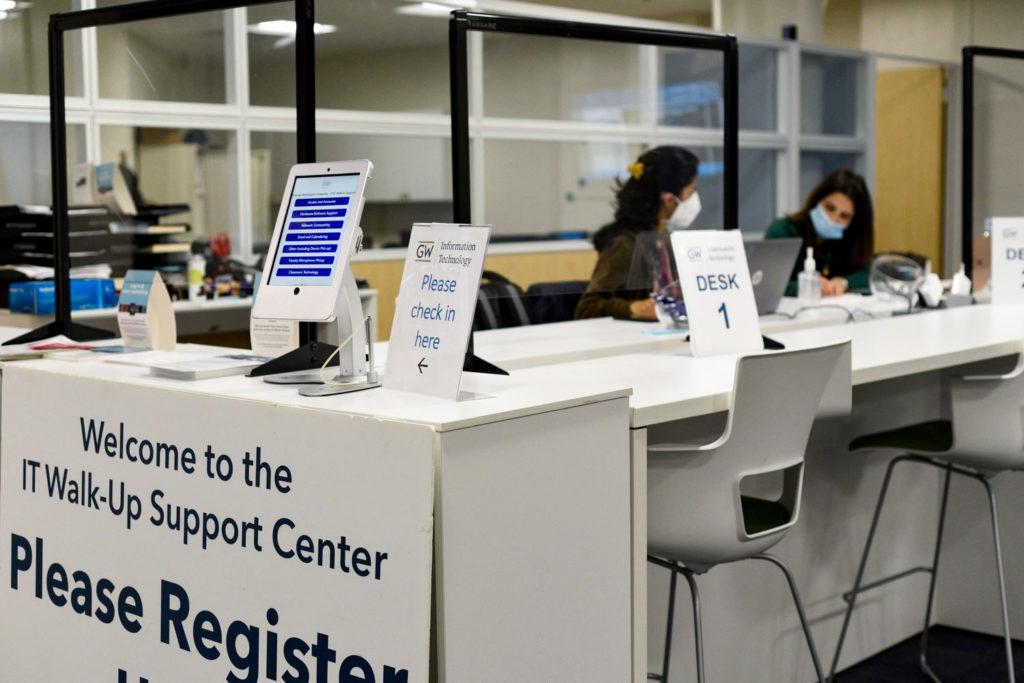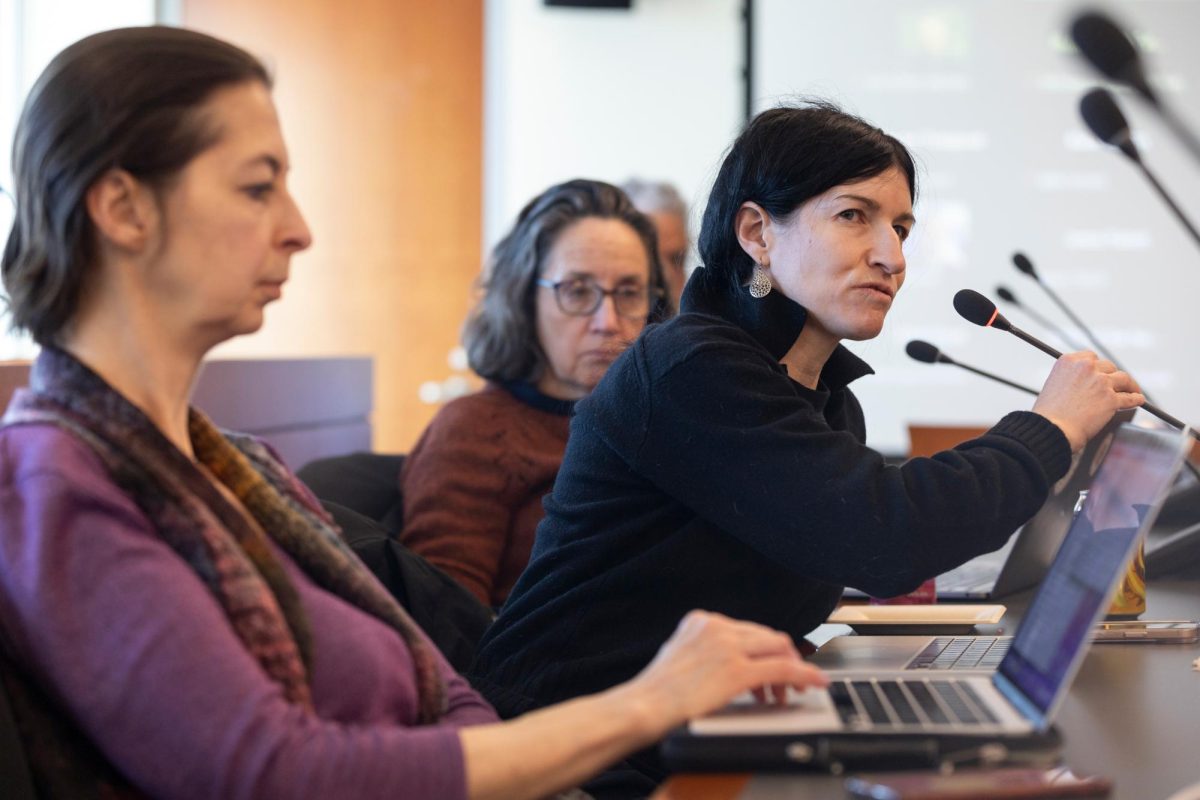Experts in higher education said officials’ efforts to adjust financial aid packages in line with a record-high jump in cost of attendance will increase graduation rates.
University Spokesperson Tim Pierce said about 70 percent of students at GW receive financial assistance like loans, grants or scholarships each academic year, and the University will continue to maintain an accessible education for students of all socioeconomic backgrounds. He said 15.2 percent of undergraduate students seeking their first degree also received Pell Grants during the 2019-20 academic year, while since 2017 about 14 percent of incoming undergraduates qualified for Pell Grants.
Officials launched a “focused initiative” last October to increase the financial aid budget for students eligible for Pell Grants by about $2 million each year. They said future financial aid packages will be “consistent” with increases to cost of attendance, which officials said will increase from $59,780 to $62,110 during the next academic year in March.
The change pushes the total cost of attendance to more than $80,000, the highest it has ever been.
Officials also said the addition of three dining halls this upcoming school year and COVID-19 expenditures like moving classes online in 2020 and COVID-19 test centers influenced the tuition spike.
Provost Chris Bracey said students received larger financial aid packages to offset the financial impact of the 2008 recession, which led to a 3.5 percent increase in graduation rates for students who enrolled at GW between 2008 and 2010 and received the larger financial aid packages.
“Every year, we have students, high performing students who cannot afford to continue to matriculate at the University,” Bracey said in the meeting.
Pierce said the 3.6 percent increase in four-year graduation rates from 2013-17 suggests that students are succeeding academically, and the University will consider potential fluctuations in graduation rates when determining financial aid and tuition.
He said students who entered the University in 2012 had a six-year graduation rate of 82.1 percent, but that figure dropped to 79 percent overall for Pell-eligible students, according to data from the Department of Education.
“We will continue to increase access to a GW education in order to support our best and brightest — regardless of their background or financial circumstances,” Pierce said in an email.
Experts in higher education said universities with higher tuition rates tend to offer larger financial aid packages, which could contribute to higher graduation rates. They said universities should increase the availability of student support services like tutoring in addition to financial aid to further improve graduation rates.
Robert Toutkoushian, a professor of higher education at the University of Georgia, said universities can follow the “high price, high aid” model to spend more on financial aid packages with a larger revenue from tuition. He said universities can struggle to discern which students need financial assistance because the information in the Free Application for Federal Student Aid, like income, is not always a sufficient financial-need indicator for wealthy individuals who don’t need to hold a high-paying job.
“If they’re bringing in more external funding from other sources, or their investments are doing better, then that frees up more money that they’re able to then return to students in the form of financial aid,” Toutkoushian said.
He said officials’ indication that they will keep financial aid consistent with tuition increases most likely means the University will increase financial aid by the same percentages as tuition increases. But he said students will likely see varying increases in financial aid as their families’ expected contribution changes.
Toutkoushian said financial incentives where students have to meet a credit hour requirement to keep their scholarships facilitate students’ ability to graduate in four years.
He said when cost of attendance remains constant, universities with higher acceptance rates tend to have higher graduation rates.
Officials ended GW’s fixed tuition policy – a constant tuition rate through four years – for undergraduate students who entered the University during the fall 2020 or later.
Will Doyle, a professor of higher education at Vanderbilt University, said universities with fixed tuition rates may not be able to direct as much tuition revenue toward financial aid. He said rising tuition can provide “flexibility” for universities to use their revenue to fund larger financial aid packages.
“When an institution is having a difficult time, bringing in enough revenues either from private sources or from tuition, it can make it difficult for them to provide adequate financial aid,” Doyle said.
Doyle said consistent financial aid packages create the financial security for students to remain enrolled in a University, but mental health and tutoring support services offer the tools to push students to graduate. He said graduation rates for Pell-eligible students can be comparable to the graduation rates of the entire student body at universities that provide mental health and tutoring support services for their students.
“Colleges and universities are complicated places,” Doyle said. “Many students don’t know how to navigate them and aren’t aware of the variety of services that might be available.”








